Meteora, Columns of the Sky
Dave the motorhome has a magnificent view out over the Thessalian Plain, which brought us here, from his slightly wonky but free of charge parking spot at Hotel Arsenis (N39.70857 E21.65424). There is, of course, the expectation that’ll you return the hospitality with the purchase of a meal, and we’re happily off for BBQ chicken later on (‘you want chicken, or pork’? asked the owner as he buzzed by on his moped). At the moment there’s just us and a friendly German couple here, maybe more folks will arrive later. The hotel’s sat up on the hillside out of town, just a couple of km from the nearest of the monasteries here.
This morning we woke to fresh cool air, beneath our corner of oak-shaded mountain. Being at the end of the road, almost, there’d been no traffic to keep us awake, no noise at all in fact. The stars had pulled off the trick of becoming more infinite, just by staring at them. Next to us the church drew our eyes again, to the scaly, organic roof fashioned from thick slabs of slate set on wide bubbles as though someone had blown the place from glass.
Our aim was to get down to Meteora and get a good few hours of viewing time while we were there, so we’d have some flexibility and could just stay one night if we wanted, instead of two. Our manic rush managed to get us away and rolling off the mountain by about 9:30am, how will we cope with 6:30am starts! Driving off the hillside I found myself pulling Dave over and jumping out to grab photos time and again. The view of the light yellow and green patchwork Thessalian Plain below was eye-catching, and I knew once we were actually in among the fields and towns this aesthetic appeal would be gone.
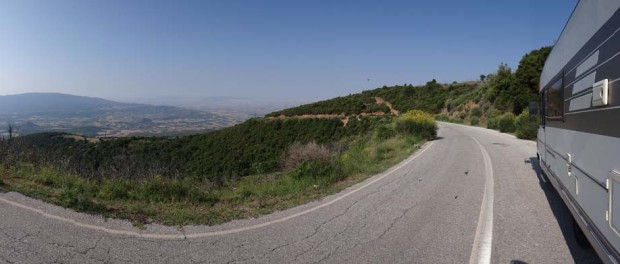
The road from Anatoli to the Thessalian Plain below. Just after I’d taken two chaps in a pick-up drove up the road. I waved a hello and the truck stopped. I guess they couldn’t imagine why anyone would be up here with a camera, and thought we’d broken down.
While researching this part of Greece, Thessaly, west of Volos, I could find few references to the place. Guidebooks had little to say and our databases of places to stop were empty. On entering it, I could see why, it’s like a miniature version of the US Great Plains, an effect amplified by the growing heat. Unless you’re interested in combine harvesters, huge devices for spreading water over the parched earth, or have a desire to spray paint your favourite Ultras football team logo on every flat surface, it’s perhaps not for you. The towns were all tired, shabby working places, unappealing, maybe even a bit depressing. A one legged chap at the lights opposite us hopped about in cut off jeans, half-heartedly proffering his polystyrene cup at the few cars which were forced to halt alongside him. When there we no cars, he hopped back to the front and stood with his head in his hands. He summed up the plain for me.
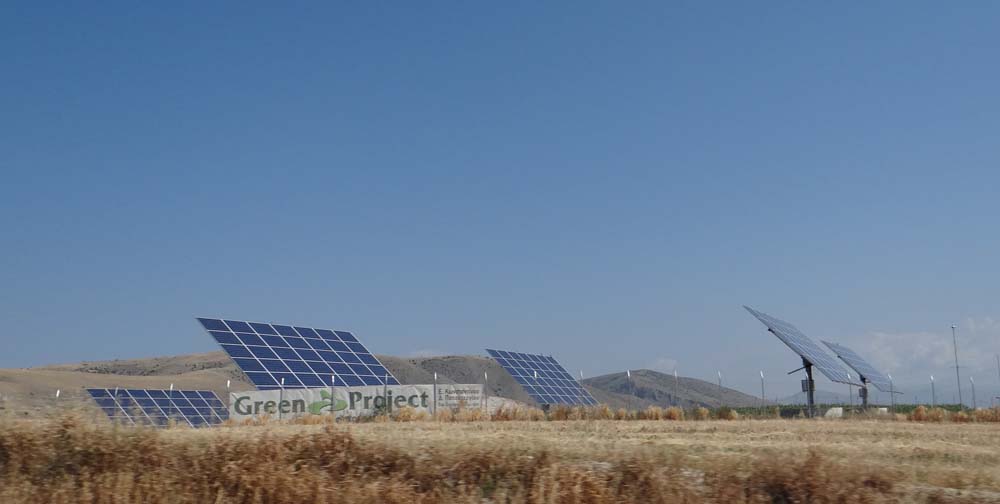
We see lots of domestic solar hot water systems in Greece, but the only Solar Electrical installations are commercial ones, no-one has a Solar PV array on their home’s roof.
On the plus side, it’s easy to cross the plain. The roads are toll-free, straight, wide and flat(ish). The route we took would expand and contract with no apparent reason, two lanes one minute, back to one lane then two again a short while later. We laughed as roadworks signs appeared and the road slipped back to a single lane, kicking around a bridge, who’s upper surface reached out a little way either side into thin air. It’s another bankrupted project, so we shouldn’t laugh, but it looked so forlorn as to be comic.
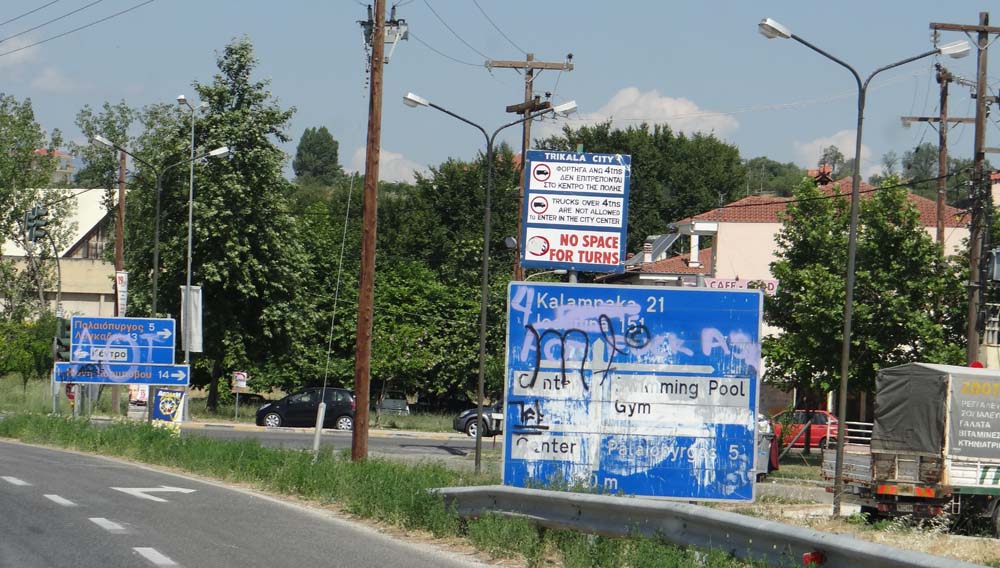
Signs helpfully appended with paint by the neds, grrrr! The one on the right has an ‘ignore your sat nav’ warning too!
After a couple of hours we caught the sight in the above photo, the vertical rocks around the foothills to the Pindos. You beauty! A few minutes later the road slowed and entered Kalambaka. Another victim of being caught between the German war machine and local resistance fighters, the town was torched. These days it’s an uninviting collection of hotels, some of them dialling up the kitsch factor to full, faux marble columns and copies of Greek sculptures stood uninviting outside. Ju’d got a handle on where we were using a map someone kindly gave to us a while back, sadly I’ve forgotten who but of you read this, thanks! Into the town the slow march of a lone black-clad priest halted us as a hearse and progression of morners passed us. At the next roundabout (does anyone know the law for roundabouts in Greece? – it seems to change on a per-roundabout basis) a crane blocked the exit we needed. Taking a tour back around the town we ended up back at the same spot, and went local, driving up the entrance side of the exit with the help of a nervous-looking young fella in a high vis jacket. Kalambaka: done.
Ju has had Metora on her list of things to see on our tour since we started. I’d no idea what was here until other bloggers we followed reached the place and posted their stories and photos. What’s here is, to use a word which has been given a massive over-use boost today by us two, stunning. Some thousand years back, hermits arrived here and with the help of locals adept at climbing managed to get about as far away from the world they must have come to hate with a vengeance. There are smooth-sided pinnacles of rock here, created by some ancient sea, and the loners succeeded in being seriously alone by finding high enough places which only those crazed enough would climb to and from. Things moved on and 300 years later monasteries started to be built atop these rocks, culminating in a total of 24 of them around 1566.
Time continued to roll and stones crumbled. Many of the monasteries fell into disuse and simply fell off their perch. Others continued to be actively used, but the whole collection of buildings suffered a serious blow as an indirect result of actions of the Greeks themselves. In their attempt to rebuild a lost ‘greater Greece’, they invaded Turkey after WW1 and, well, lost. The resulting calamity saw them having to incorporate over a million new Greeks, and the lands owned by the Monasteries were appropriated by the state to redistribute to the new comers.
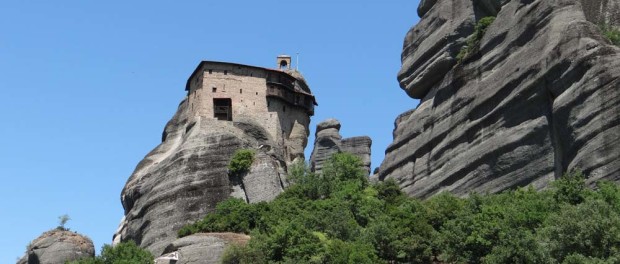
Aghios Nikolaos, the first monastery we spotted high above Dave’s roof. We pulled in to stare and have a bite to eat.
Worse was to come. The buildings remained inaccessible to most folks up until last century, when the need to climb into a rope sack to be hoisted up, or to risk life and limb on a series of ladders attached to the rock face, was done away with. Steps were cut. Give it another fifty or sixty years and James Bond arrives to film ‘For Your Eyes Only’. The monks are less than impressed with the bishop who’s taken the cash to use the place as a film set, lose a court case to stop it, and then do their best to sabotage the shooting (a copy of a monastery had to be built on an unoccupied rock!). After the filming, things got worse.
The film brought in the coachloads of punters, and with coaches come fabulous roads, and with fabulous roads come more punters. The monks found themselves living in amongst a practical zoo and most of the did one. All but two of the monasteries are now deemed to be ‘showcase monuments’. Driving Dave around was a synch, and there was loads of parking to be had with no charge, we even found some shade at one point.
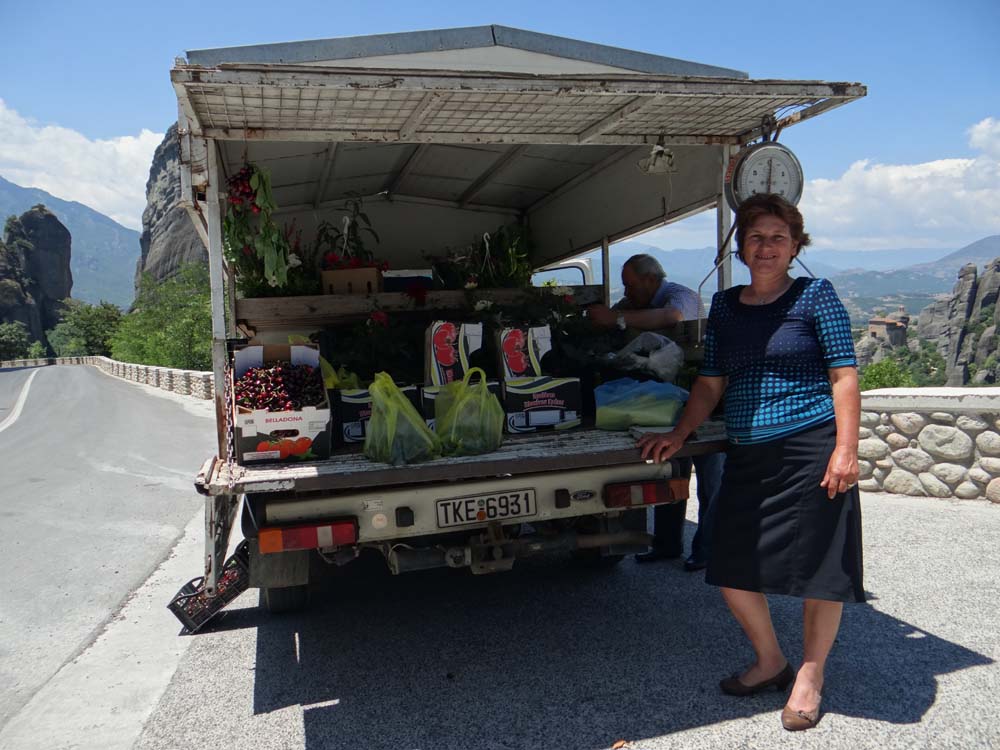
Not that everyone’s complaining, these guys sell cherries for €2 a kilo below one of the buildings where the coaches (and Dave) park.
It was in the low 30’s by the time we’d arrived into the stones, and with zero breeze we started to feel it straight away. The places freezes in winter, but that was hard to imagine as we squeezed sun cream out of our eyes as sweat gradually carried it away. In the end, we only actually went into one of the monasteries, Roussanou, one still in use and populated with black-clad nuns.
Just a few steps up to the place, we’d gotten our gear together ready for the entrance. Signs at the entrances indicated the religious folks haven’t quite completely given up on some semblance of control. Blokes need trousers and to cover lower arms, women must wear skirts below the knee and cover shoulders. In the heat neither of us fancied any more clothes, but pulled ’em on anyway, actually I didn’t, the jumper was just too much. Reaching the nun cashier (with more punters come higher prices it seems – the €2 per person per monastery fee is up to €3), no mention was made of my disgustingly bare arms! Ju made it in with her sarong skirt extension and shirt. A bloke behind me in pink shorts and a T shirt was waved through.
No photos were allowed inside the church, we asked, only off the balcony. Churches the world over vary their rules over the use of the camera, so this wasn’t a surprise. They either want to protect modesty in an active religious building, to reduce flash-damage, or to flog post cards and books, I dunno which. The place was tiny, but the no-holds-barred paintings of the murders of the early Christian saints, and of sinners being processed on judgement day, left me feeling a bit ill. I guess that’s the point.
As we started to leave a coach party turned up and flooded into the little place. No worries for us, we were just bemused that suddenly free Turkish Delight had appeared in a bowl to one side, and the water fountain had been turned on for them to wash their faces! One piece of delicious sweet later, Ju felt the need to repay my greed by buying a book of the buildings. It’s a nice book, and not expensive at €4, we’d have probably bought it even if we’d been allow to take photos…
The rest of the afternoon was spent slowly driving and walking between more of the buildings, and attempting to keep ourselves and a panting Charlie cool. It’s not even hot, that comes in July and August, but maybe it was hot enough to keep some of the punters away as we found the place to be pretty quiet, especially compared with the under-siege Acropolis in Athens. A few more photos of the incredible landscape and buildings here:
The second to last photo is of the hillside which a has been cut away to make the road. It even looks like sea-bed to me. I wonder how the monks and nuns reconcile the fact the buildings they inhabit are mounted on physical evidence that the Earth was, perhaps, not made in a week.
Yeah, more folks have arrived, a couple of Italian vans which we parked up next to earlier on. Looks like we’ll have a fair bit of company for our BBQ. Maybe time to crack open a celebratory beer for making it to this place, a beautiful, unique and interesting part of the world?
Cheers! Jay
PS – My gift from Jurgen yesterday? The wonderful chap has given me two bottles of German beer – not just any German beer, blow your head off 7.6% German beer. It’s in the fridge cooling right now and I suspect it might not last the night. Prost Jurgen!

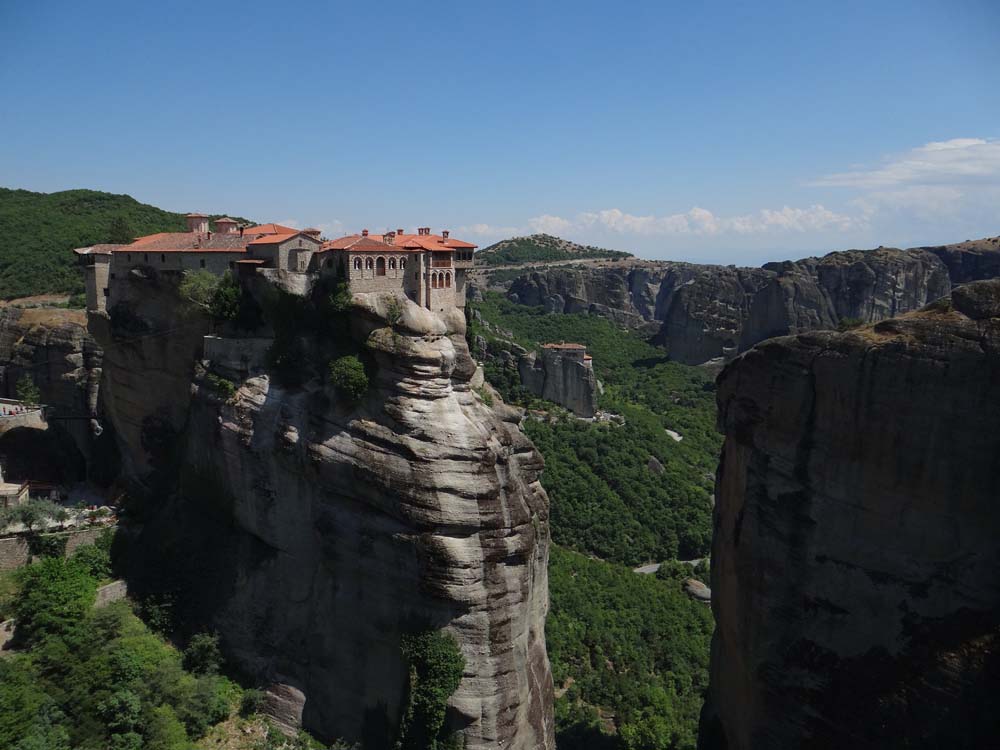
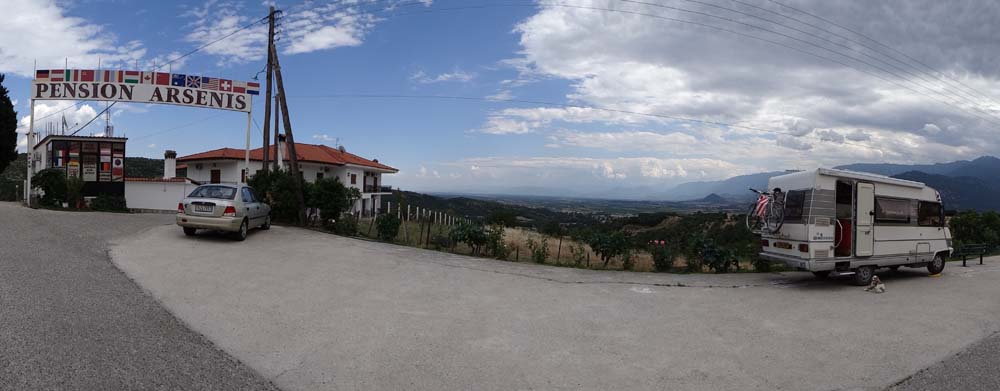
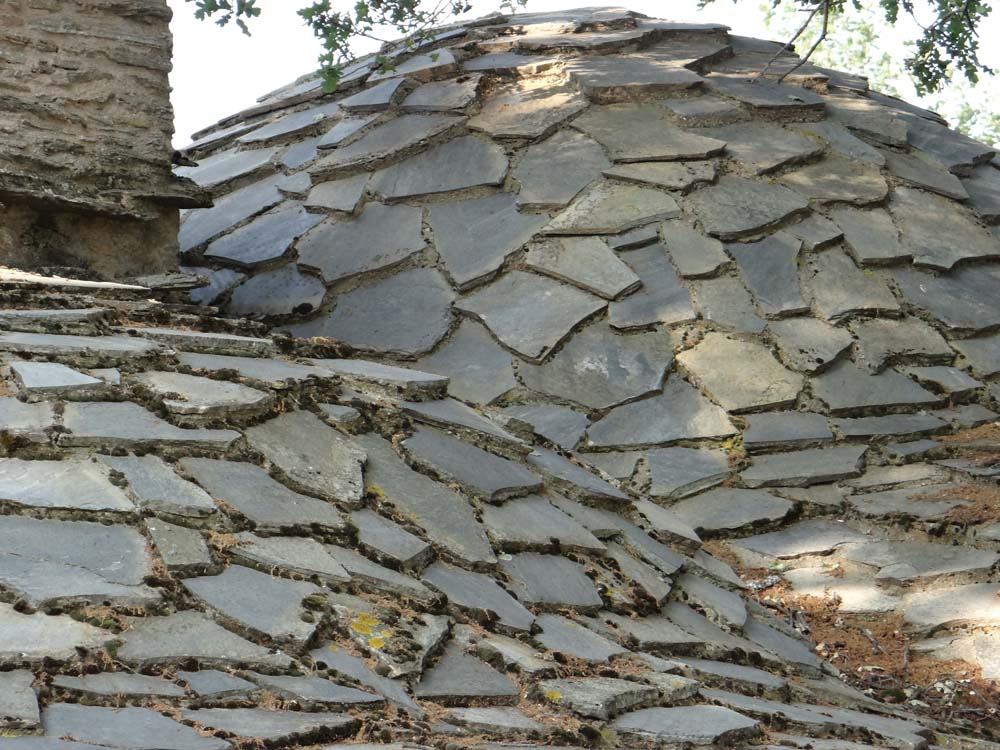
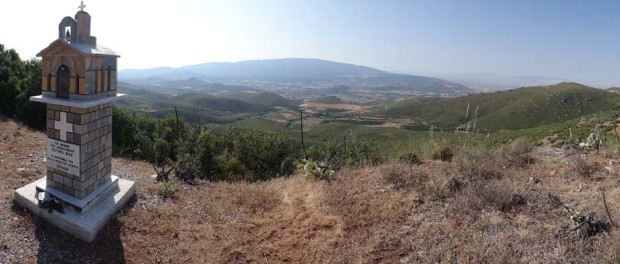
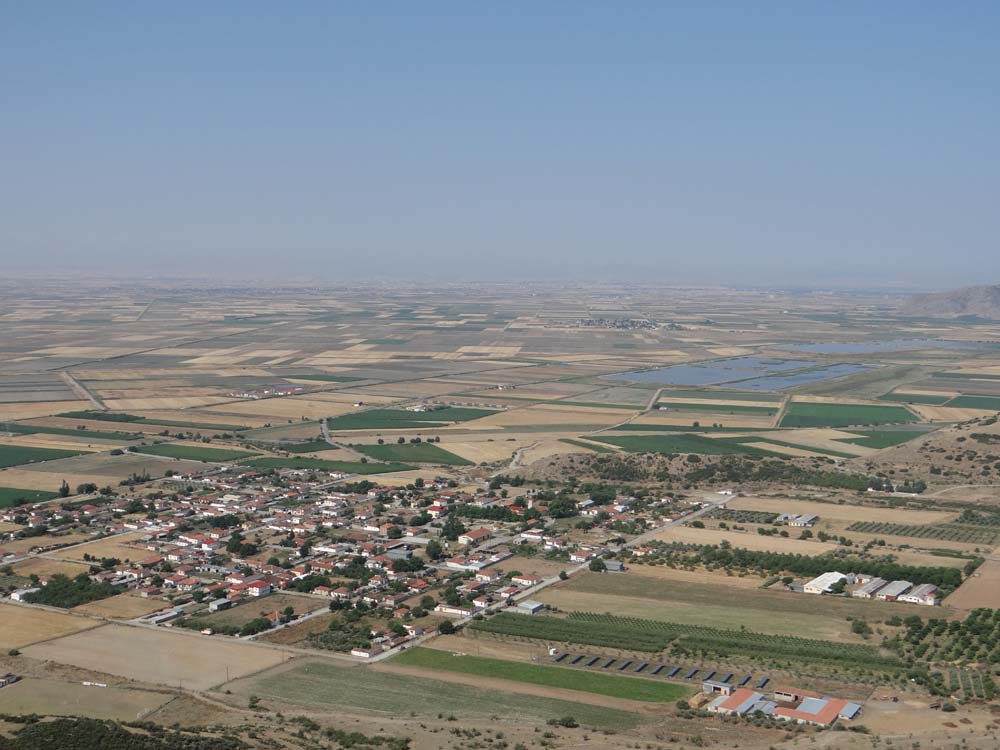
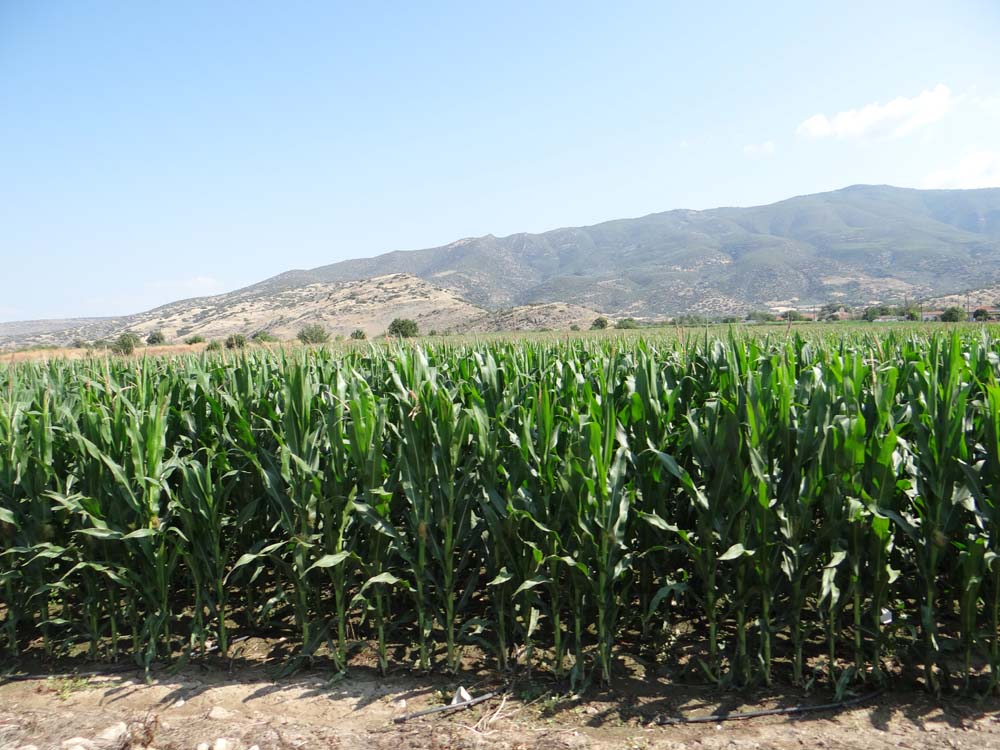
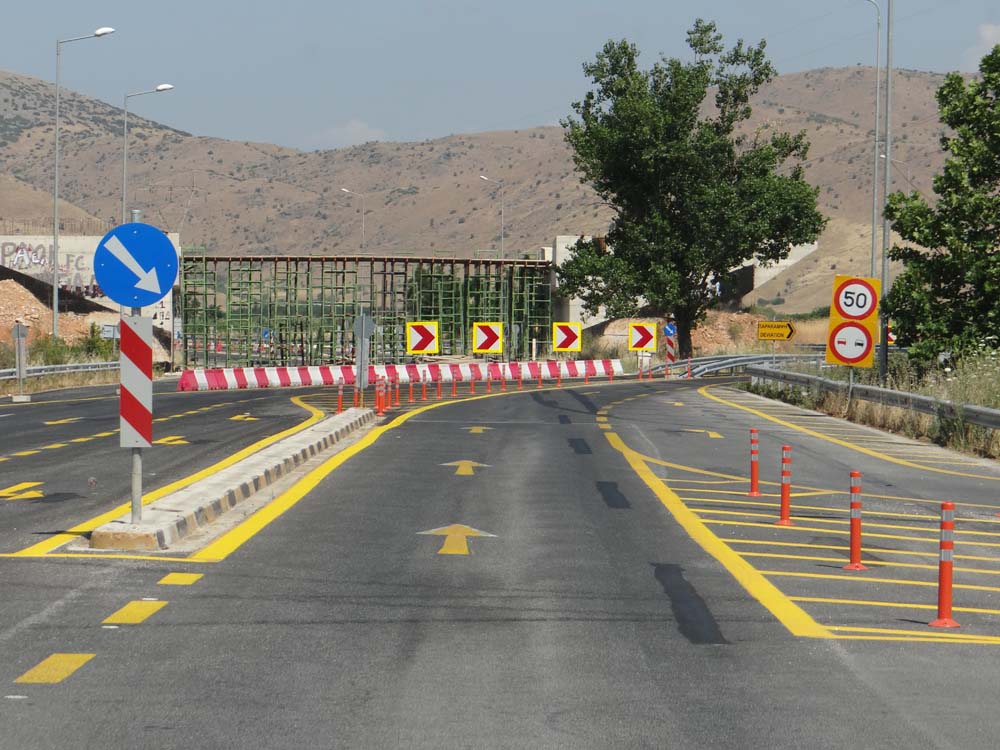
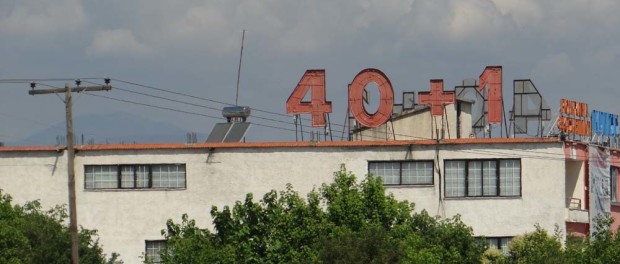
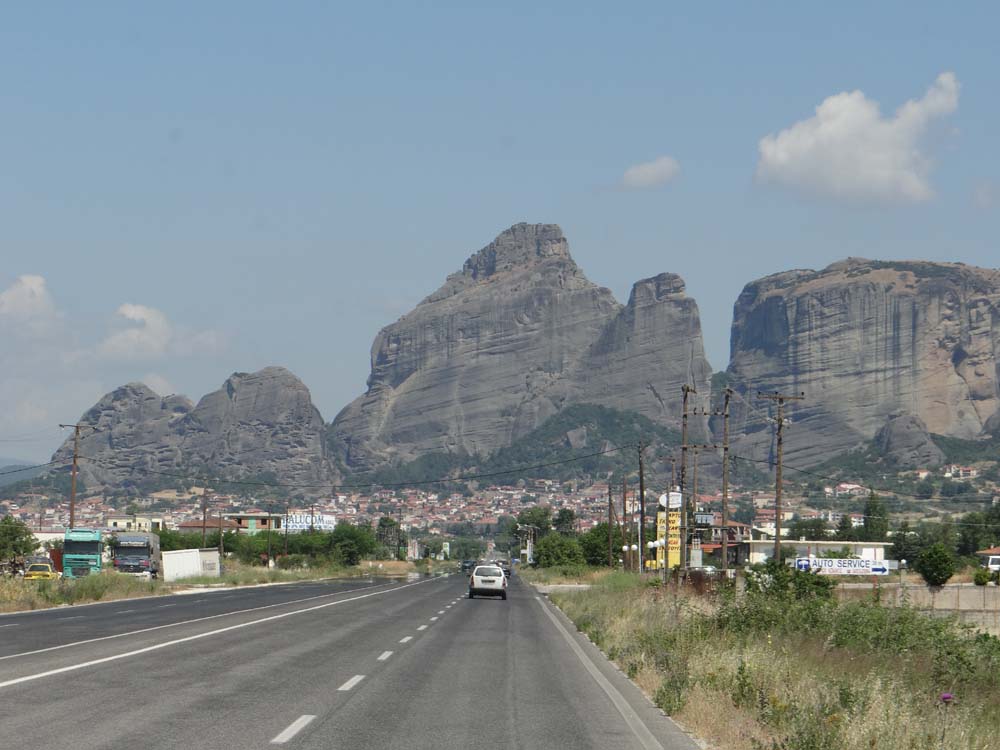
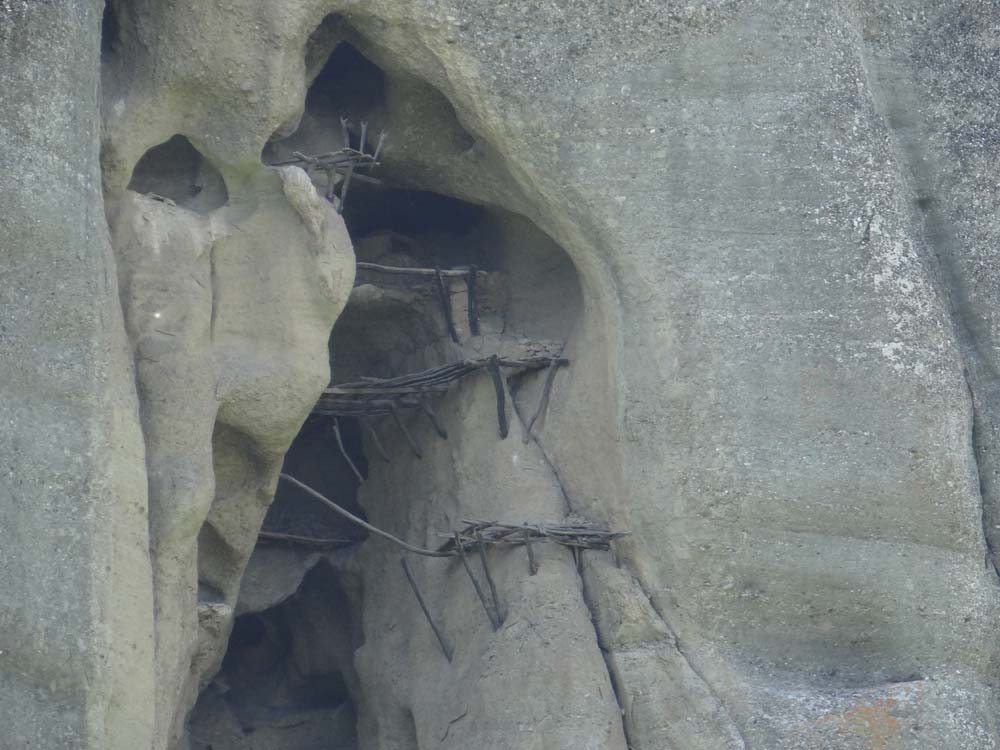
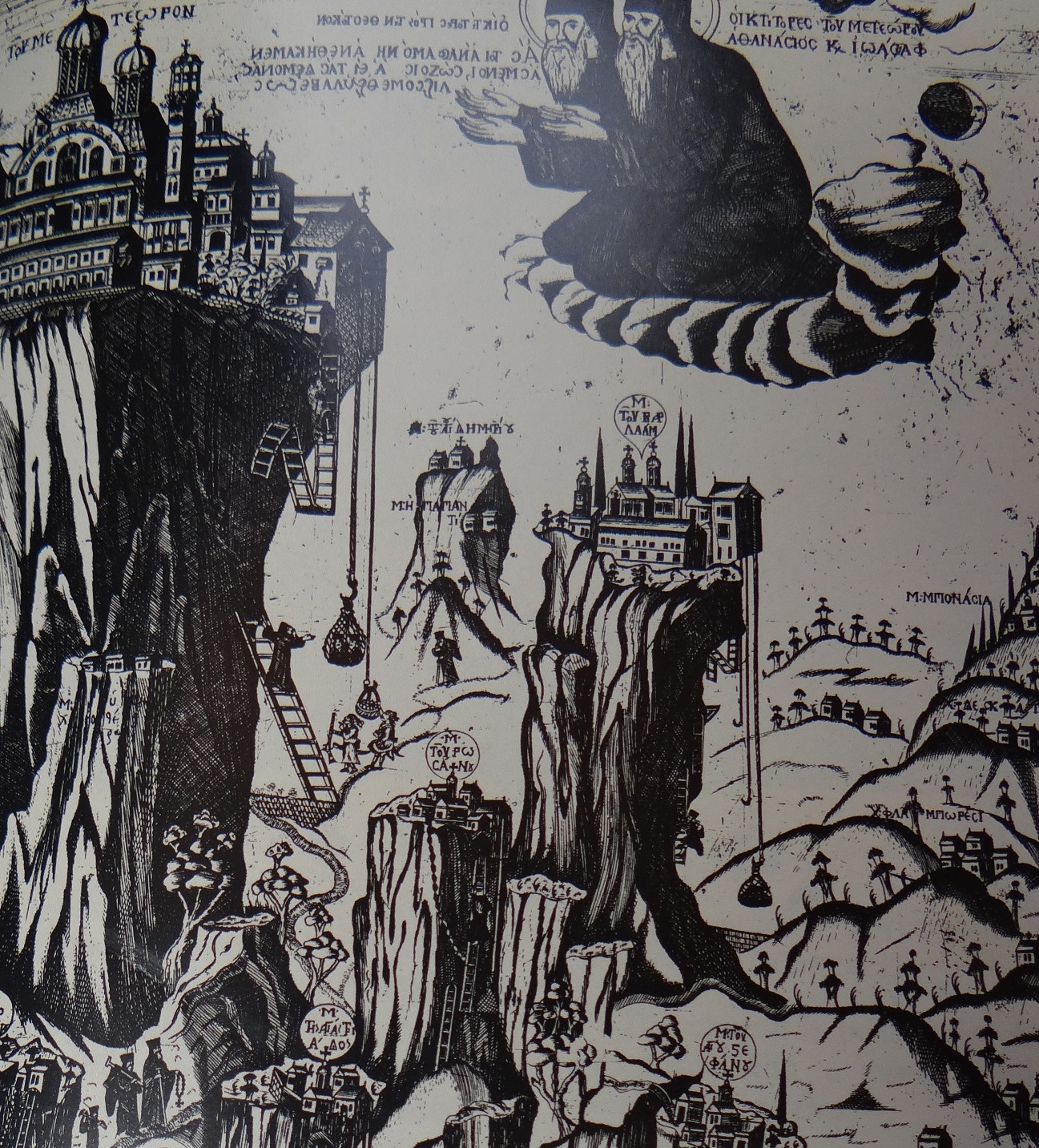
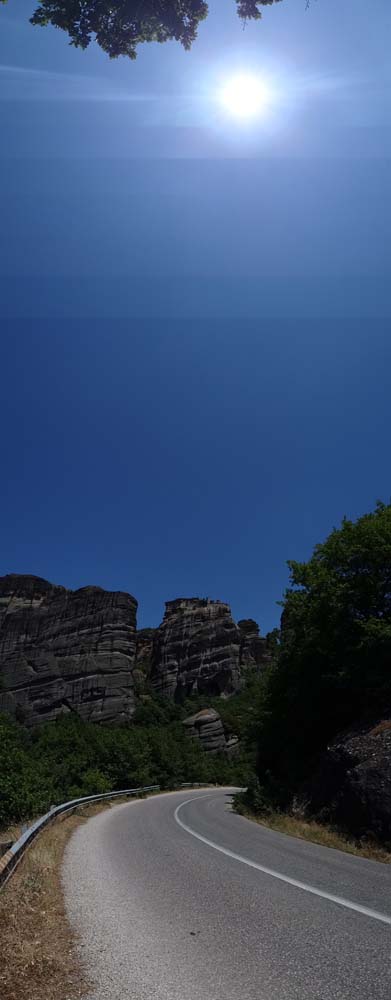
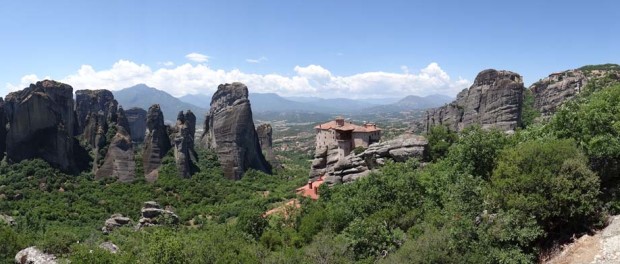
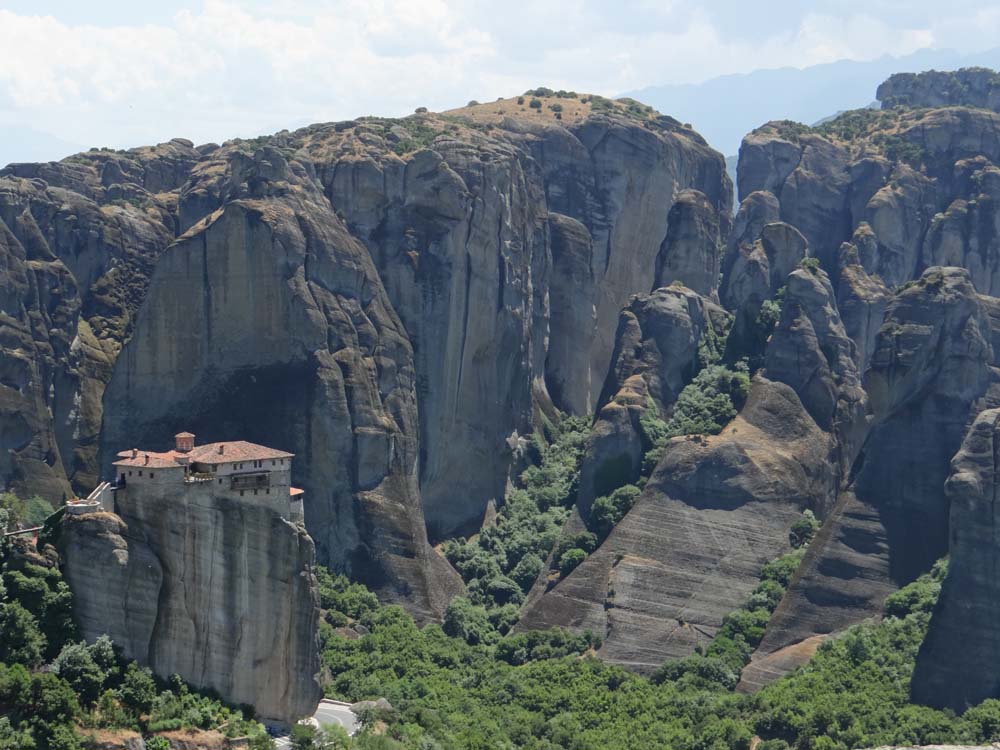
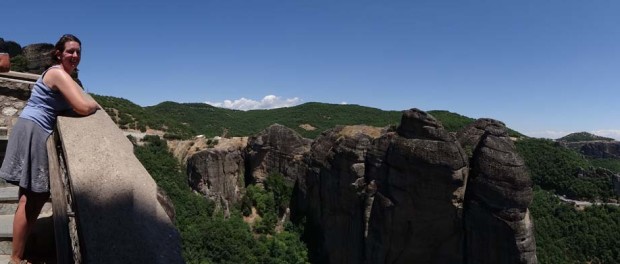
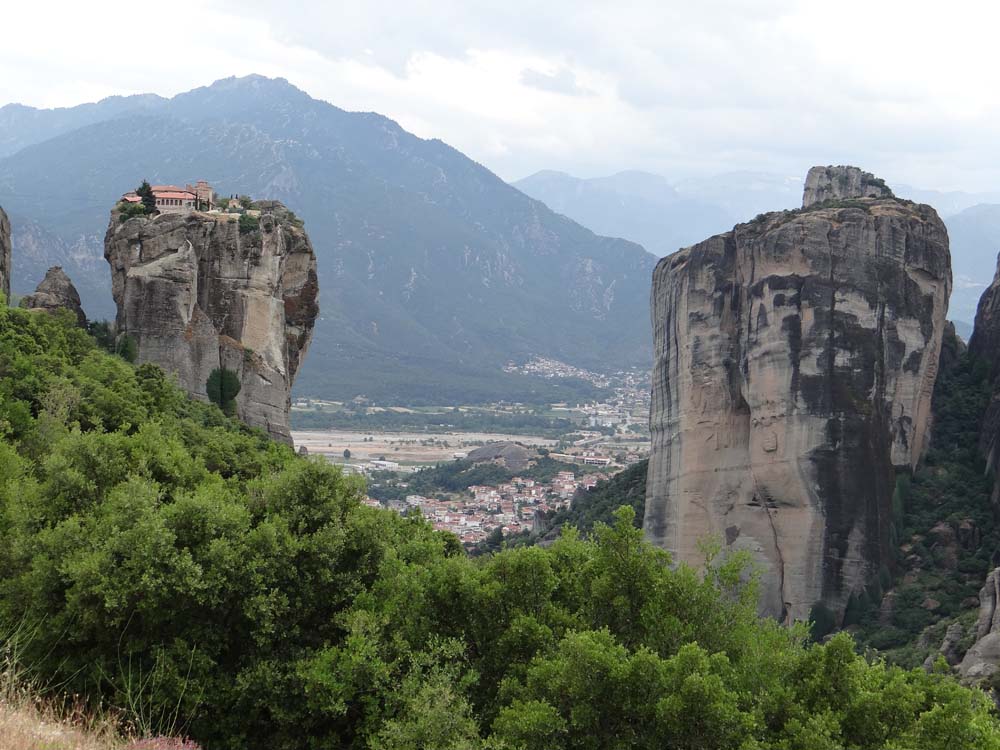
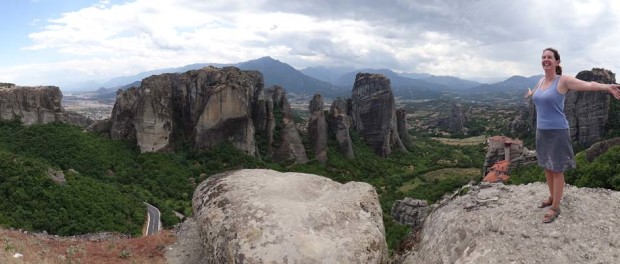
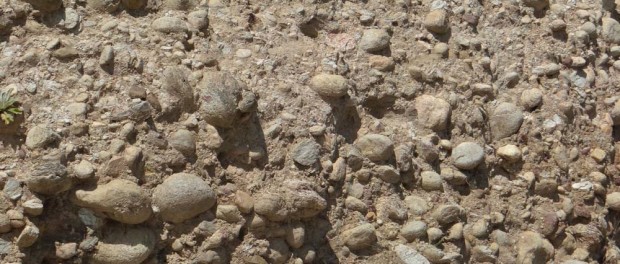
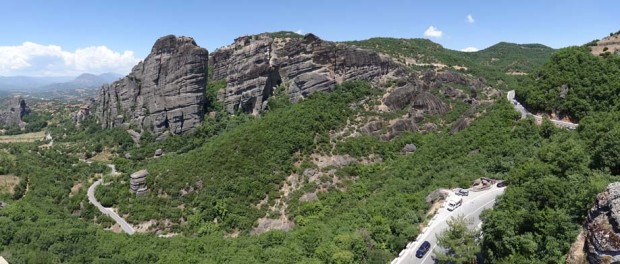
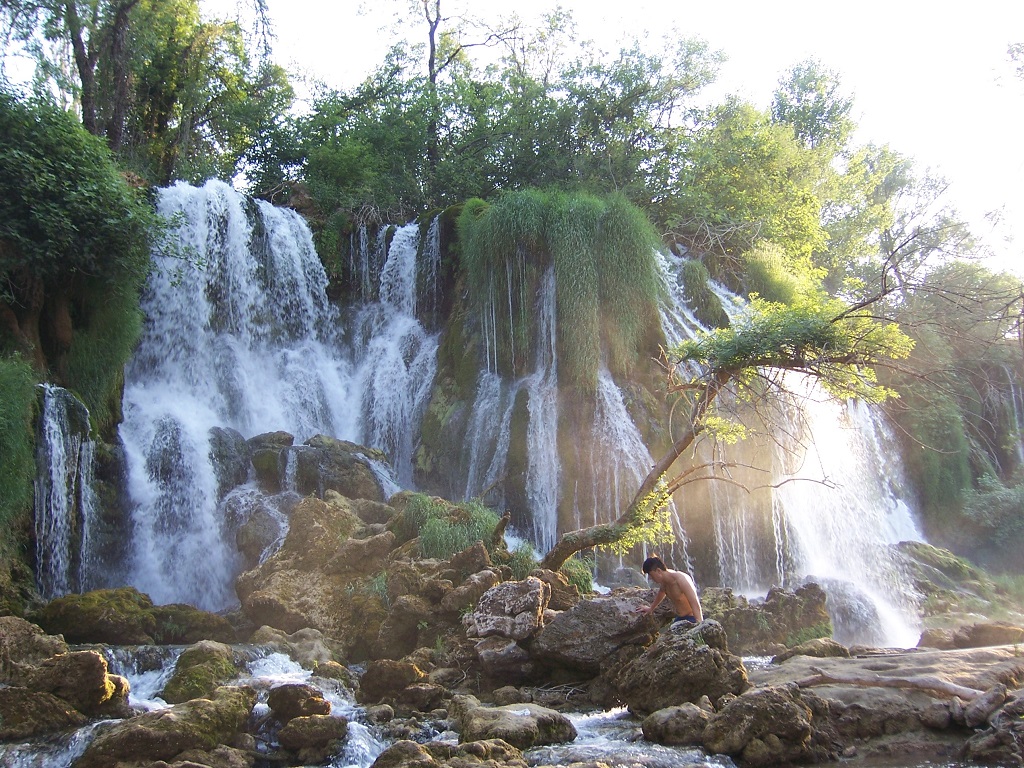
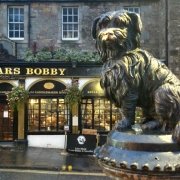

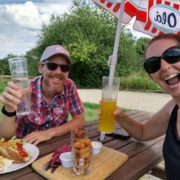
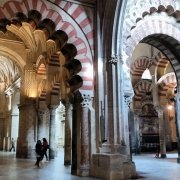
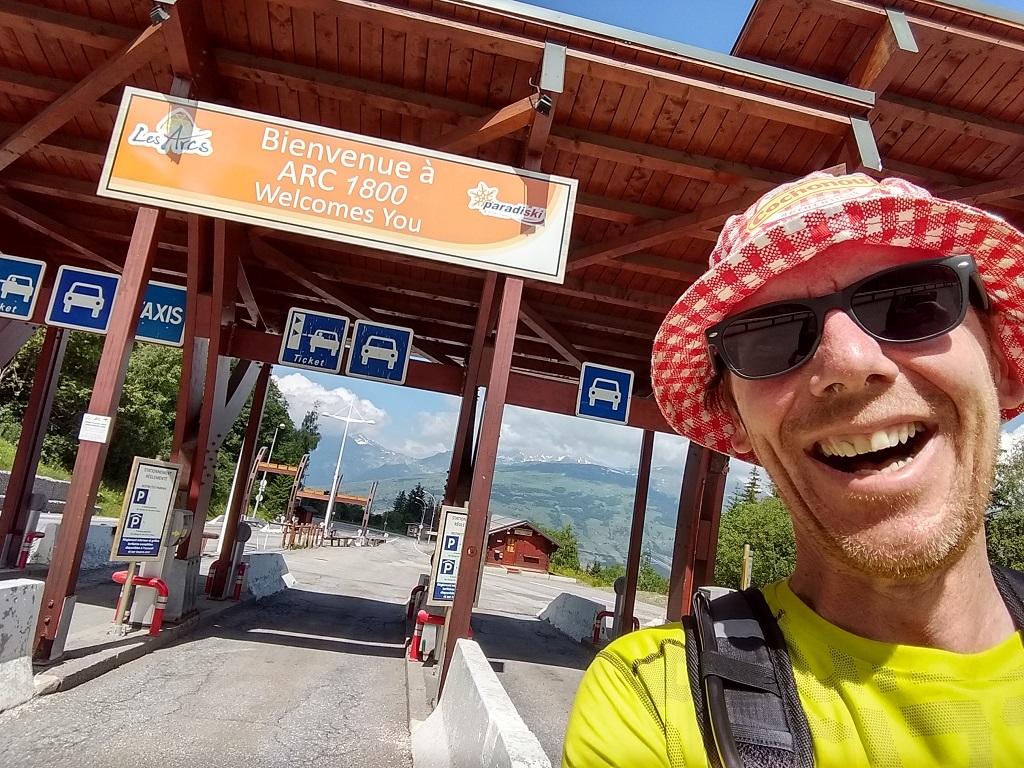
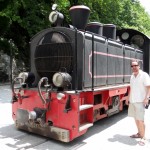
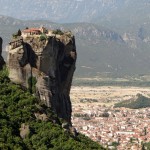
Leave a Reply
Want to join the discussion?Feel free to contribute!